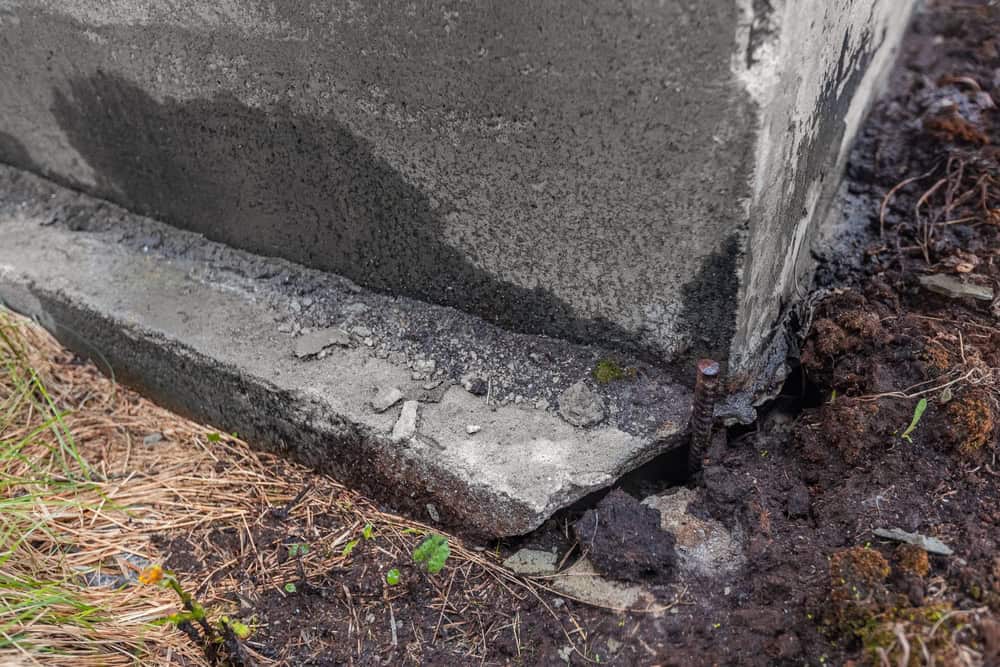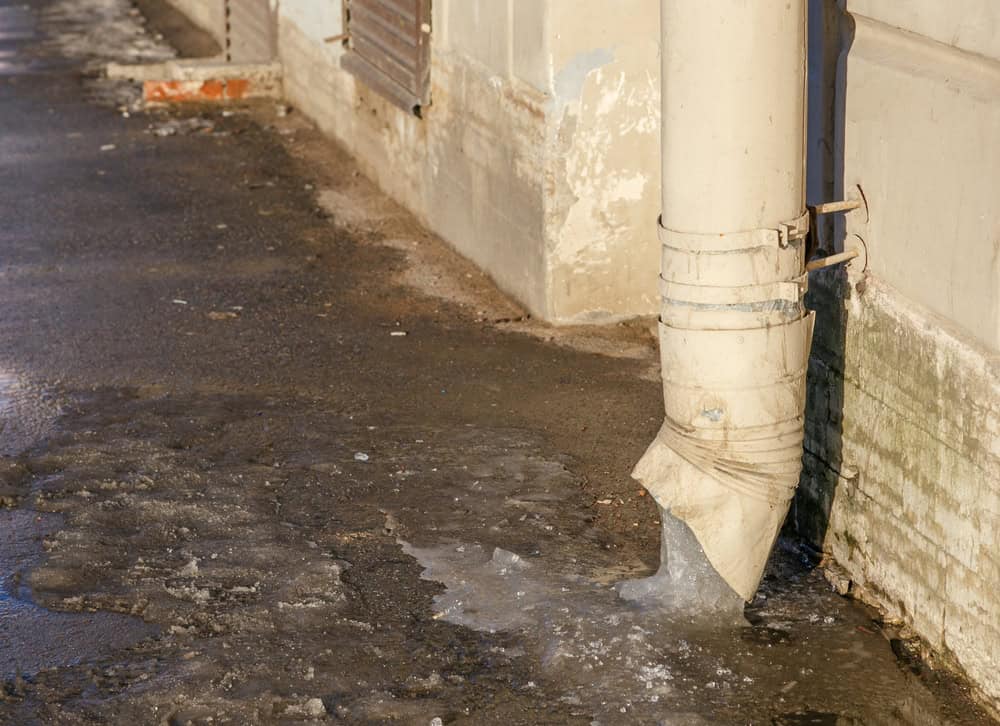Preventing Water Damage by Managing Roof Water Runoff

Is your front doorbell working intermittently, leaving you unsure if someone is at the door? You don’t need to call an electrician for this minor issue. Often, a quick and easy fix involves replacing the exterior button. Doorbell systems operate at low voltage, eliminating the risk of electric shock or damaging the system during a repair attempt.
Understanding the Problem
- Overflowing Gutters: Dump water next to the foundation, leading to water leaks into crawl spaces or basements.
- Foundation Issues: In homes with concrete slabs, water next to the foundation can cause movement and cracking, which can lead to structural issues.

Preventative Measures

- Regular Gutter Cleaning:
- Establish a Routine: Create a routine for cleaning gutters based on the needs of your yard.
- Remove Debris: Regularly remove needles, seeds, leaves, and other debris that can clog gutters.
- Proper Downspout Extension:
- Extend Away from Foundation: Ensure downspout extensions direct water away from the foundation.
- Extension Length: Downspouts should extend at least 3 feet, preferably 6 feet.
- Drainage Area: Water should be directed to an area where it will naturally drain away from the home.
- Observe During Hard Rain:
- Inspection Technique: Observe your home during a heavy rain to identify potential issues.
- Check for Overflow: Gutters should not overflow.
- Water Direction: Ensure all surface water is directed away from your home.
Consequences of Neglect
- Water Pooling: Water pooled next to a foundation is a common cause of water leaks into basements.
- Structural Damage: Water damage can result in structural damage to walls and slabs.

Summary: Preventing Water Damage to the Foundation

Prevent water damage by maintaining clean gutters and properly extended downspouts. Regularly inspect your home during heavy rain to ensure water is directed away from the foundation. Simple maintenance is crucial to protecting your home’s foundation and preventing costly repairs.